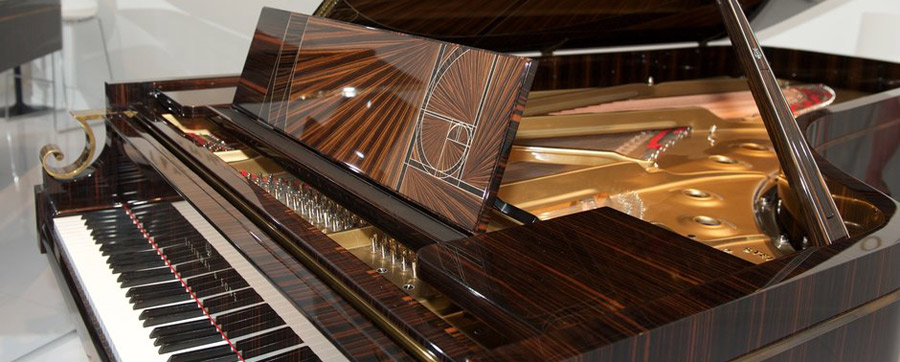
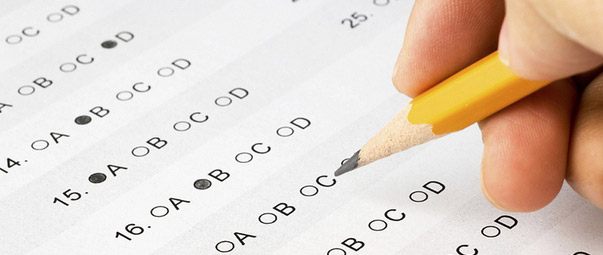 In the late 1980’s, I was completing high school and thought it would be interesting to try out the new computer program called “Choices”. Our guidance counsellor had this brand new hot-off-the-press system to help determine ideal career options based on a series of questions. You would sit in this tiny little cubicle and fill in little circles with a dull pencil that marked answers to questions like “Would you rather be in the garden or work on a science experiment?” After what seemed like an eternity the computer card filled with answers was then scanned into the computer and VOILA! out would come all of your potential career options. Even back then I was a bit of a computer geek but also completing my Classical piano diploma and so I thought this would be fascinating and hoped this might shed some light on my future. And so the much anticipated result? Career options for Glen Barkman: 0. Laughing it off I remarked “Does this mean I’m a good-for-nothing?” The new young guidance counsellor was both apologetic and appalled at the results. Having answered questions with an affinity towards both math and music, the computer couldn’t reconcile these differences because when I was growing up music was considered part of language skills and not mathematics. It wasn’t until the decade of 1990’s when studies clearly revealed the correlation between math and music. It’s almost humorous now because everyone sees that the ‘world of course is round’ and that mathematics and patterns are intrinsically linked to music.
In the late 1980’s, I was completing high school and thought it would be interesting to try out the new computer program called “Choices”. Our guidance counsellor had this brand new hot-off-the-press system to help determine ideal career options based on a series of questions. You would sit in this tiny little cubicle and fill in little circles with a dull pencil that marked answers to questions like “Would you rather be in the garden or work on a science experiment?” After what seemed like an eternity the computer card filled with answers was then scanned into the computer and VOILA! out would come all of your potential career options. Even back then I was a bit of a computer geek but also completing my Classical piano diploma and so I thought this would be fascinating and hoped this might shed some light on my future. And so the much anticipated result? Career options for Glen Barkman: 0. Laughing it off I remarked “Does this mean I’m a good-for-nothing?” The new young guidance counsellor was both apologetic and appalled at the results. Having answered questions with an affinity towards both math and music, the computer couldn’t reconcile these differences because when I was growing up music was considered part of language skills and not mathematics. It wasn’t until the decade of 1990’s when studies clearly revealed the correlation between math and music. It’s almost humorous now because everyone sees that the ‘world of course is round’ and that mathematics and patterns are intrinsically linked to music.
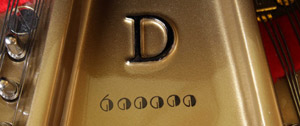
When it came time to celebrate Steinway’s 600,000th piano, the company turned to furniture/interior designer Frank Pollaro (
pollaro.com) who also designed the limited edition “Rhapsody in Blue” for Steinway (circa 1996).
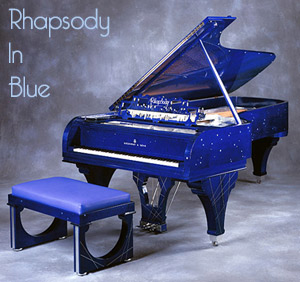
His thoughts as he was asked for the challenge: “Designing Steinway & Sons’ 600,000th piano was an honor and a challenge. To me, knowing that this piano would become part of history meant that it had to be more than just a beautiful design, but also needed to visually convey a deeper message. As I considered the number 600,000, the Fibonacci spiral came to mind. The way in which it continues to grow but stay true to its form is very much like Steinway & Sons over these many years. Combining the universal languages of music and mathematics suddenly made perfect sense.”
 Fibonacci or Leonardo Bonacci (c. 1170 – c. 1250) is credited with 2 math concepts: one is the widespread use of Arabic numbers instead of Roman numerals and the other, the Fibonacci spiral. If you’re like me, there’s this vague recollection of studying something about Fibonacci way back in the distant past.
Fibonacci or Leonardo Bonacci (c. 1170 – c. 1250) is credited with 2 math concepts: one is the widespread use of Arabic numbers instead of Roman numerals and the other, the Fibonacci spiral. If you’re like me, there’s this vague recollection of studying something about Fibonacci way back in the distant past. 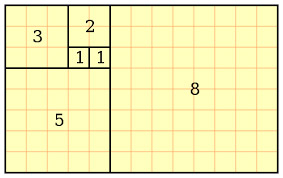 Investigating it a bit further, I remember now both the math and the subsequent pattern it makes. It starts like this:
Investigating it a bit further, I remember now both the math and the subsequent pattern it makes. It starts like this:
1+1=2. Then you take the sum (2) and the last number in the equation (1) and add them together. So the new pattern is 1+2=3… 2+3=5… 3+5=8 and so on. The complete pattern is then:
1 1 2 3 5 8 13 21 34 55 89 144 233 377 etc
If you then turn these into blocks (see graph paper), each block having an arc within, a pattern begins to formulate similar to that of a spiral shell. This design can be found throughout nature but it’s interesting as Frank Pollaro mentioned that it’s a perfect design for the serial number 600,000 from Steinway pulling together math and music.

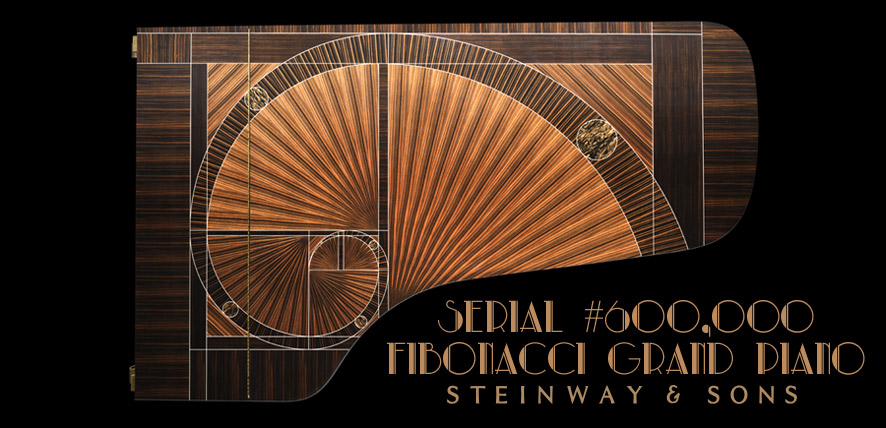
Some facts about the Steinway Fibonacci:
~ It’s based on the structure of a Steinway Model D – Concert 274cm long or 8’11 ¾”
~ From start to finish it required nearly 6000 hours of production over a 4 year time span.
~ The cabinet veneer is made from macassar ebony wood outlined by synthetic ivory
~ It is priced at 2.4 million USD
~ Six Model B Steinways based on a similar design will be made available for sale (for less than 2.4M)
Finished in high gloss, the look of the wood is further enhanced. Notice the details on the rim ~ the design echoed once more and instead of having legs, the entire base is also one large spiral!

Other famous Steinway designs are serial #100,000 presented to the White House in 1903 gilded with gold leaf.
A second design, serial #300,000 was given to the White House in 1938.
Steinway #500,000 was designed by Wendell Castle and has the names of 832 pianists and 90 ensembles on the Steinway Artist roster of 1987.

Where do piano companies like Steinway go now that mega piano companies are building more affordable and competitive pianos? Symbolically like New York City itself, if there’s no place to build, you build up. According to Paulson who purchased Steinway Company in 2013, “The Steinway brand is both opulent and bulletproof.” Steinway, although still supplying the world with concert level pianos is pursuing yet still higher levels in art cases appealing to exotic and affluent buyers. Similar to Fibonacci’s spiral, I expect we’ll see the concept of artistically designed pianos blossom and unfold in the years to come.
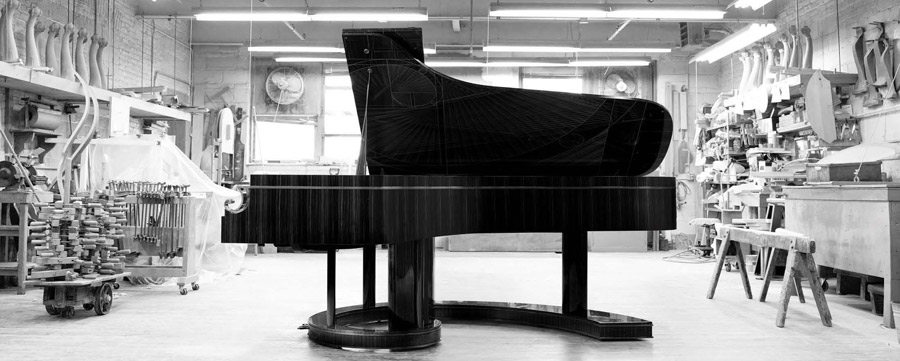
More Piano Articles
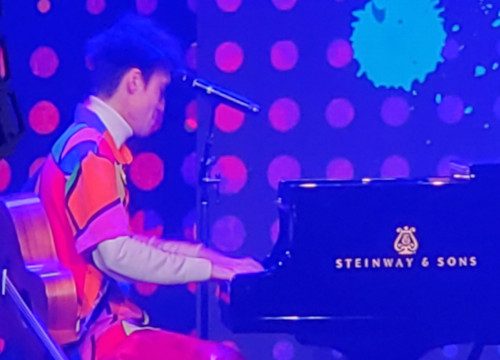
During the performance of Jacob Collier at the most recent NAMM show I was reminded that music makes us human, that beauty binds us together as a collective, and that the reason the music industry exists is to aid in the creation of art. I needed that reminder without which, the annual trade show featuring many of the great piano makers is just the sale of wares. I believe that people are feeling the uncertainty ...
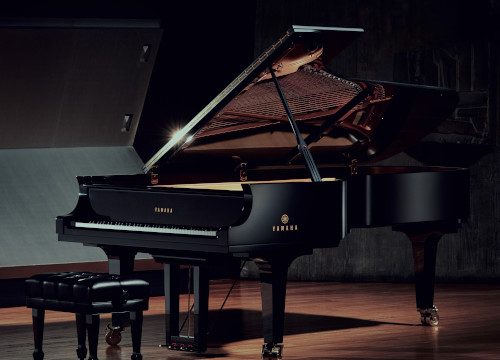
I used to have a teacher who would frequently say, “For every single grade point PAST 80%, it takes as much effort as the FIRST 80.” I believe this statement to be true from experience. The first 80 is the easiest. Chipping away at every point past that is the challenge. The bulk of the work can bring a project into shape but it’s the pursuit of excellence, that’s where the challenge lies. Yamaha is ...

The value of a piano is obvious ~ it’s the music that you make with it. But often, families are going through life changes which involve a house move and unfortunately, the piano needs to be sold. They invariably ask the question, “What are we going to do about the piano?” This question comes up because, as you can imagine, they’re not easy to move. We don’t simply pack them away in a cardboard box ...

You’ve been playing your piano for years now and the time has come to seriously consider downsizing the house and move into a condo. But what do you do with the piano? You love your piano and can’t imagine life without it and besides, you absolutely hate the idea of playing a digital keyboard. Many people don’t know that you can add digital functionality without compromising your existing piano. Yes, it is completely possible to ...
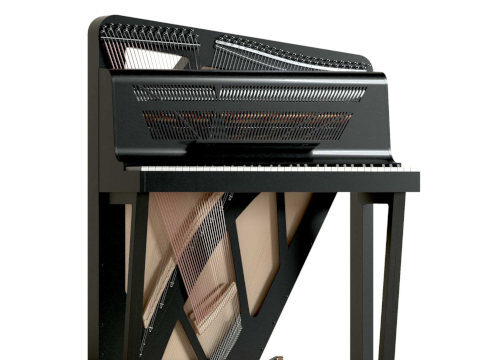
Many years ago, I remember seeing a piano in a museum similar to the one shown above (built in 1787 by Christian Gottlob Hubert. On display at Germanisches Nationalmuseum - Nuremberg, Germany). I have often wondered why acoustic portable pianos never really took off. Although we've seen more portable keyboard instruments like harpsichords, accordions or electronic keyboards, they operate completely different from a traditional piano in that they either pluck the strings, use air with ...
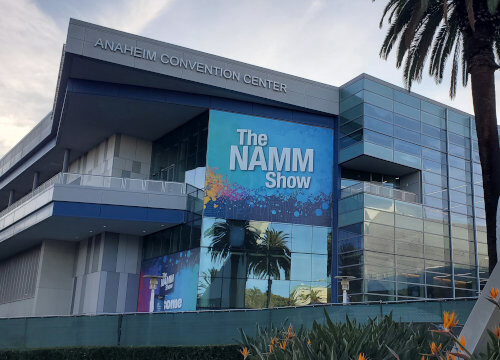
This was the first year since covid that the National Association of Music Merchants (NAMM) trade show was back to its regular January date and, in fact the first show where it felt back to normal. How was it? To answer that, I'm going quickly review the piano market over the last few years. Piano sales boomed during covid. Think about it - everyone was at home and with time on their hands, many turned ...